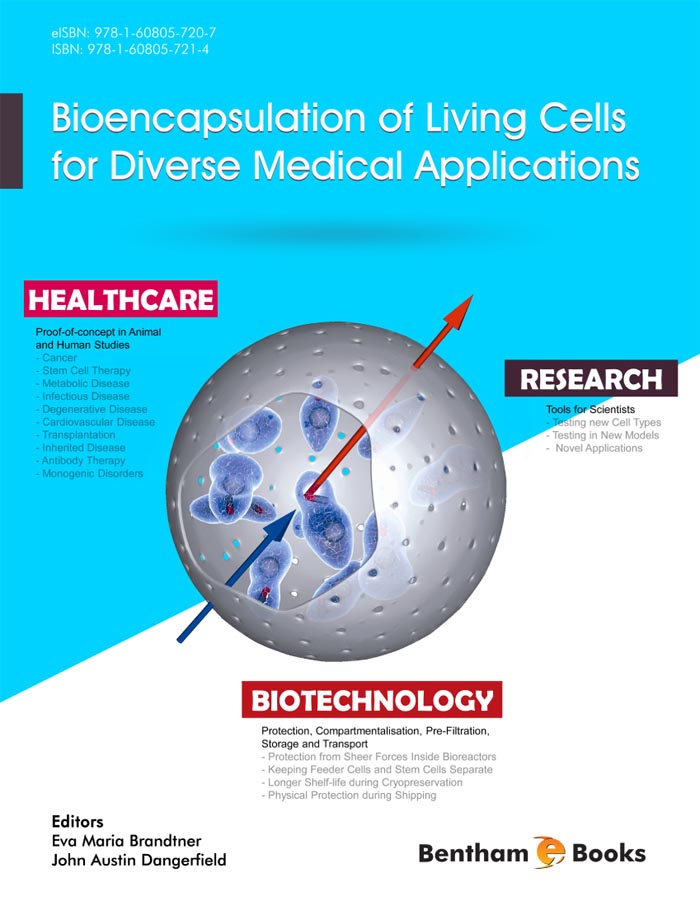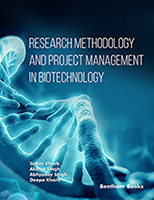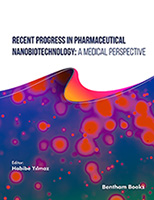It is almost 60 years since the first successful organ transplantation, which took place in 1954, revolutionised medicine. Since then, the idea of implanting living cells, tissues and organs into the body has been pursued as a strategy for the treatment of a variety of diseases. Microencapsulation of cells and their implantation into the body can be viewed as an extension or specialised form of organ transplantation in that it allows cells to take over a missing or defective function in the body. However, unlike organ transplantation, microencapsulation has the advantage that immunosuppression is not needed due to the immunoprotective effects of the encapsulation material, which also acts as a safety device. Microencapsulation of cells can be achieved using a number of different polymers, most notably alginate, cellulose sulphate and agarose, all of which are included in the various chapters that comprise this eBook. Excitingly, microencapsulated cells are already more than living up to their potential in that they have been shown to be safe and efficacious in numerous clinical trials, and this is regardless of the encapsulation material used. Our major contribution to this field was the first clinical trial that employed cellulose sulphate encapsulated cells for the treatment of pancreatic cancer.
The editors of this timely eBook and my dear colleagues and friends, Dr. Eva Maria Brandtner and Dr. John Dangerfield, have brought together contributions from some of the leading research in the field of cell encapsulation with the aim of providing an overview of the status of the latest exciting developments. The use of implanted, microencapsulated cells has long been proposed as a means to treat a variety of diseases but has historically mainly focussed on diabetes which is still a major focus for many academic groups and companies (as is reviewed in this eBook in the chapters by Tuch and Vaithilingam as well as that by Bilodeau and Halle). However, encapsulated cells are being used to treat a wide variety of diseases and now are even being used to improve on stem cell therapies which have generally been proposed as a cell based, cure all. Here the capsule material functions as both a safety device, as well as a means to localise cells to the site where they are needed. Encapsulation may help cells survive longer as well as prevent immune rejection and/or Graft vs. Host Disease, the most common adverse event seen in stem cell clinical trials. As evidenced by the chapters in this exciting new eBook, great progress has been made in improving the survival of encapsulated cells as well as moving these novel therapies into the clinic.
As well as use in cancer therapy to improve on existing chemotherapies by reducing the dose and thus side effects while increasing efficacy (see chapters by Dangerfield and colleagues and also by Sakai and co-workers), encapsulated cells can be used to produce antibodies. These can be tumoricidal antibodies or virus neutralising activities. The advantages to using encapsulated cells rather than more conventional injections as a delivery means include the long term stable and steady state levels that result from production of antibodies by implanted encapsulated cells.
CNS diseases such as epilepsy, neurodegenerative disorders like Parkinson's disease, Alzheimer, Amyotrophic lateral sclerosis, Huntington's disease but also pathologies caused by trauma and/or ischemic processes and brain tumors are ideal candidates for treatment using encapsulated cells producing neuron nurturing factors and this is the focus of the chapter by López-Méndez and colleagues.
Cell types that have been encapsulated for therapeutic purposes include islet cells, stem cells and "platform" cell lines such as HEK293 and CHO cells. Stem cells are of particular interest. Two of the chapters discuss the use of encapsulated stem cells. Tuch and Vaithilingam discuss the use of pancreatic progenitors from pluripotent human embryonic stem cells as a much more reliable and larger source of surrogate cells for encapsulation and transplantation than human or porcine islets which are in limited supply and more likely to be contaminated with adventitious agents.
Inducible expression and expression control may or may not be required, depending on the disease and whether there are dosing issues. Islet cells have the intrinsic ability to sense glucose levels and to respond by producing insulin when glucose levels are high or not when levels are low. Genetic engineering of cells can allow control of expression of biotherapeutic products from encapsulated cells. Ortner, Kaspar and Czerny review some of the methods used to achieve inducible or controllable gene expression, including a novel system that they have pioneered using heat as the inducer of expression.
While I am sure this will not be the last word (or eBook) on this exciting and fast moving field of cell microencapsulation, I think this eBook will be much more than a useful resource for all researchers, clinicians and those interested in the future of biomedicine. Well done Lilli, John and the various colleagues and friends who have contributed to this excellent eBook.
Brian Salmons
SG Austria / Austrianova Singapore
Singapore





